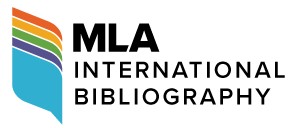Abstract
The expanded edition of Collected Works from the Qianshan Studio, an anthology by Yan Song (1480-1567) during the Jiajing reign (1522-1566) of the Ming dynasty, included several prefaces at the beginning. These prefaces were written by literary figures from 1515 to 1559, and are generally considered to be works commissioned by Yan Song for social interaction. However, the rapid development of publishing culture during this period introduces this practice of expanding texts with multiple prefaces and the forming of a paratextual group. This practice extended beyond printing costs and efficiency to influence the mindset of writers and readers alike. Yan Song's dual role as a powerful official and poet magnified the cultural effects of this practice. This influence manifested in phenomena such as the “fourth-party mentality,” where other preface writers were seen as intended readers, as well as in the avoidance and rivalry among different preface writers in literary criticism. Additionally, Yan Song's death led to the disruption of the original paratextual order and the subsequent reconstruction of critical discourse by later critics. This case study offers valuable insights into preface writing within its historical context and reveals the multiple functions of paratexts in shaping the landscape woof literary criticism.
Keywords
Yan Song, multi-preface, paratextual group, intended readers, publishing culture
First Page
137
Last Page
150
Recommended Citation
Ye, Ye. 2024. "The Order of Paratexts: Strategies of Writing Prefaces as Exemplified by Collected Works from the Qianshan Studio." Theoretical Studies in Literature and Art 44, (5): pp.137-150. https://tsla.researchcommons.org/journal/vol44/iss5/14


